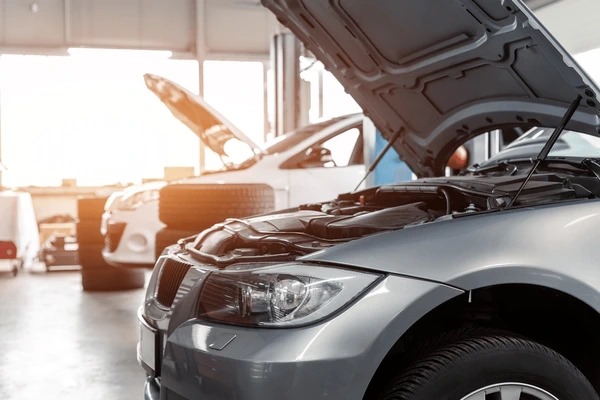Injuries and deaths from vehicular accidents are more common than you would think in the US. In fact, deaths from vehicle collisions are more common than from illnesses, including cancer, for Americans.
Approximately 43,000 major car crashes occur yearly in the US. According to child passenger safety statistics for 2021, approximately 700 children aged 12 and under died in car crashes. In an effort to help decrease these numbers, several states in the US require the use of safety seats and other security equipment, like seat belts and airbags.
Car seats are proven effective in reducing fatality during a collision. Statistics have shown that 83% of the children under the age of 4 from 2018 to 2022 sustained no injuries during a car crash.
The question we usually get as an autobody shop is if it is critical to replace car seats after a major or minor crash.
Do You Need to Replace Your Car Seats After an Accident?
As a rule, you need to replace your car seats after a moderate or severe crash. This rule is applicable even if the car seat has no visible defects or damages.
It’s crucial to prioritize safety and err on the side of caution when it comes to car seat replacement. Even if a car seat looks undamaged, internal components may have suffered stress or structural damage that is not immediately apparent.
The National Highway Traffic Safety Administration (NHTSA) provides clear guidelines that mandate replacing car seats after an accident.
Is Replacing Car Seats After an Accident Important?
Yes, replacing car seats after an accident is critical for maintaining a high level of safety for your children. The safety seat must be immediately replaced as long as a car seat was present inside the vehicle during a moderate or severe car accident.
Car seats are designed to absorb and redistribute force during a collision. Regardless of the intensity of the accident’s impact, the car seat’s integrity can be compromised.
Damages to the car seat may oftentimes be invisible to the naked eye. Internal components may suffer from damage, which has no immediate external sign.
To ensure optimal protection of child passengers, car owners are encouraged to replace the car seat after an accident. This step goes with other collision repair processes that you need to undergo.
Do You Have to Replace a Car Seat After a Minor Accident?
As stated in the NHTSA’s criteria, vehicles that were faced with a minor collision do not automatically need to have their car seats replaced.
Minor crashes may not have a significant impact on the integrity of a car seat. To help you identify if a car crash is considered minor, the NHTSA guidelines state that a minor crash is one wherein all of the following conditions apply:
- The vehicle successfully drove away from the crash site.
- There was no damage to the door nearest to where the car seat was placed.
- None of the passengers sustained any injury from the crash.
- The airbags did not deploy.
- There was no visible damage to the car seats.
It’s essential to note that safety standards and guidelines may vary between countries and regions, so it’s advisable to check local regulations. Ultimately, prioritizing safety and following the manufacturer’s recommendations are key in determining whether to replace a car seat after any accident, minor or otherwise.



